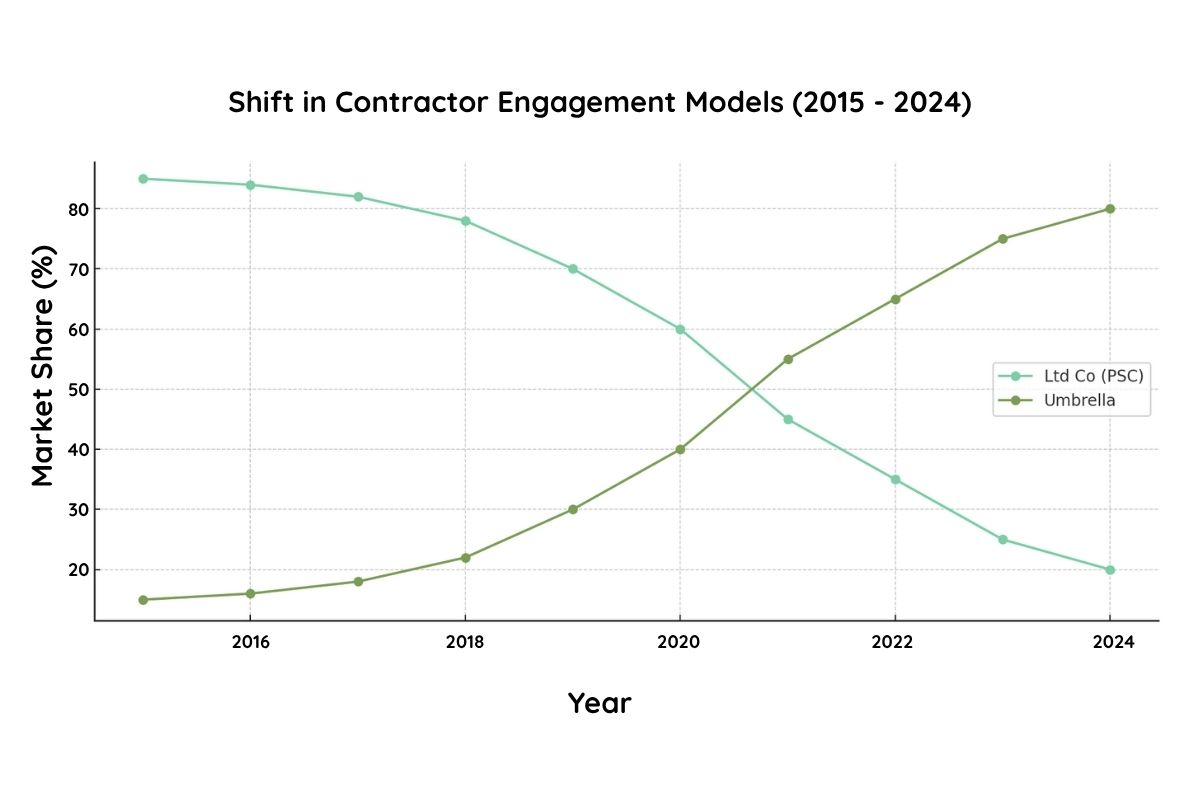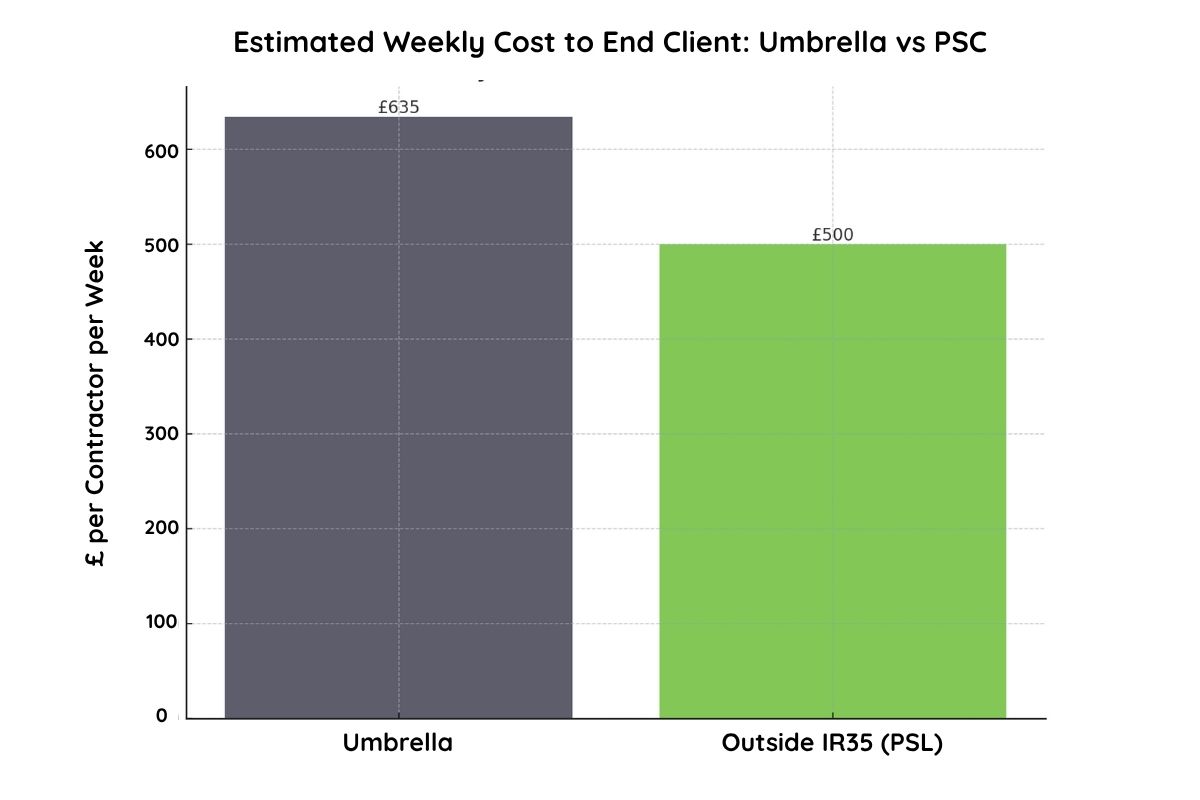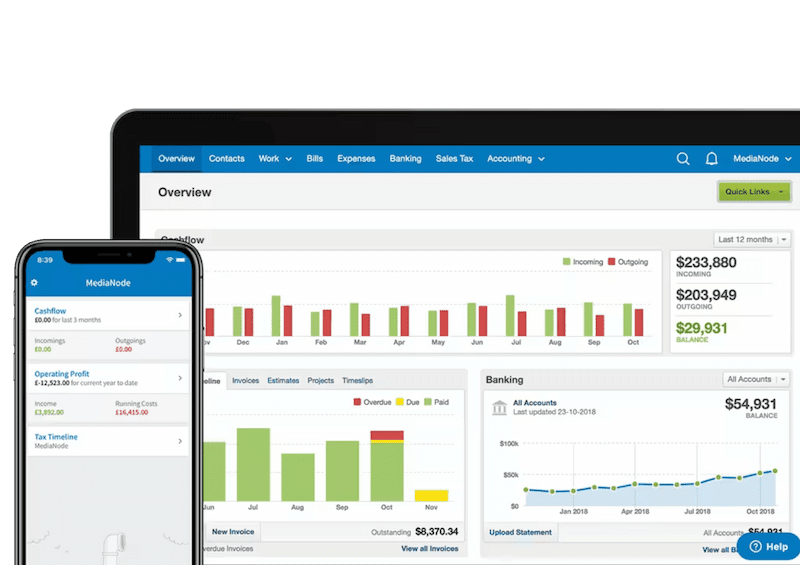The June 2025 Spending Review has generated significant discussion across the staffing sector. For recruiters and workforce providers, it promises public investment and potential growth. But from the viewpoint of an accountant working closely with contractors and recruitment agencies, the story runs deeper.
This review outlines a critical moment in how contingent workers are engaged, how risk is managed, and how cost pressures will force agencies and end clients to reconsider the way they structure contractor supply.
A decade of change: From Ltd Co to umbrella - and now what?
Ten years ago, the dominant vehicle for engaging contractors was the limited company (PSC) model. It was tax-efficient, flexible, and widely used across IT, healthcare, engineering, and consulting. However, the introduction of IR35 reform in the public sector (2017) and private sector (2021) shifted responsibility for determining tax status to end clients.
This caused a tidal shift towards umbrella employment. End clients, wary of compliance risk, steered agencies to push contractors into PAYE umbrella structures. By 2024, over 80% of former Ltd Co contractors in the public sector were operating via umbrella models.
While this change simplified compliance, it added complexity elsewhere: payroll costs increased, take-home pay reduced, and confusion grew over employment rights and deductions.

Figure 1: Shift from Ltd Co to Umbrella post-IR35 reforms
The spending review and contingent labour: What changes?
TSR25 commits over £60 billion to infrastructure, healthcare, and public service transformation. From a staffing perspective, this opens up more contingent hiring. But alongside the investment comes intensified pressure on cost control and accountability.
The umbrella model, once the go-to post-IR35 solution, is now under pressure:
- Employer NI, Apprenticeship Levy, and holiday pay inflate agency costs.
- Political proposals introduce day-one employment rights, sick pay, and holiday accrual.
- Regulatory reform is looming, targeting transparency and payslip accuracy.
This backdrop means some clients and agencies are re-evaluating the use of Ltd Co contractors, particularly in skilled project-based work. Outside IR35 engagements can present a more cost-effective, compliant, and agile alternative when properly assessed.

Figure 2: Illustrative weekly cost comparison between Umbrella and Outside IR35 models
Where accountancy insight meets staffing strategy
As an accountant working with recruitment firms and contingent workforce suppliers, we’re seeing renewed interest in:
- Outside IR35 placements in IT, engineering, transformation, and consulting.
- Status determination processes that stand up to HMRC scrutiny.
- Hybrid models that allow contractors to flex between umbrella and PSC routes.
The financial case is clear:
- Agencies and end clients reduce on-costs with outside IR35 placements.
- Contractors retain more of their income where legitimate expenses apply.
- Flexibility increases for fixed-term or milestone-based projects.
What the staffing sector needs to prepare for
For the staffing sector to make the most of SR25 funding, it must:
- Ensure robust IR35 processes exist in-house and with clients.
- Review umbrella supply chains for compliance and transparency.
- Educate clients on the true cost difference between umbrella vs PSC.
- Recognise which roles are genuinely outside IR35 and support them accordingly.
There’s also a growing risk that umbrella models, if not regulated soon, will become less attractive. Contractors are pushing back on unclear deductions, limited employment protections, and squeezed margins.
This creates a moment of opportunity to reintroduce the Ltd Co model in a controlled, compliant, and commercially viable way
Conclusion: A smarter blend of engagement models
The 2025 Spending Review doesn’t reverse IR35, but it does invite the staffing sector to rethink how it engages contractors.
From an accountant’s perspective, there is space for a smarter balance: umbrella where appropriate, but outside IR35 where the role, risk profile, and working arrangement support it.
Recruitment businesses that understand the financial incentives, compliance responsibilities, and evolving tax landscape will lead the way. Now is the time to align commercial strategy with regulatory reality, and re-establish the accountant as a key voice in contingent workforce planning.

Article written by:
Matthew Ryan
Lead Accountant, QPS Group
Matthew Ryan is Lead Accountant at QPS Group, with over 14 years’ experience advising companies on complex accountancy, tax, and payroll matters. He leads QPS’s financial compliance strategy, overseeing corporation tax, VAT, and payroll operations. Matthew is particularly focused on supporting company directors and recruitment businesses to navigate financial obligations and optimise tax efficiency. In this article, he offers his expert analysis of the 2025 Spending Review, drawing on his hands-on experience with IR35 compliance, contractor engagement, and fiscal readiness across the recruitment and contracting sectors.






